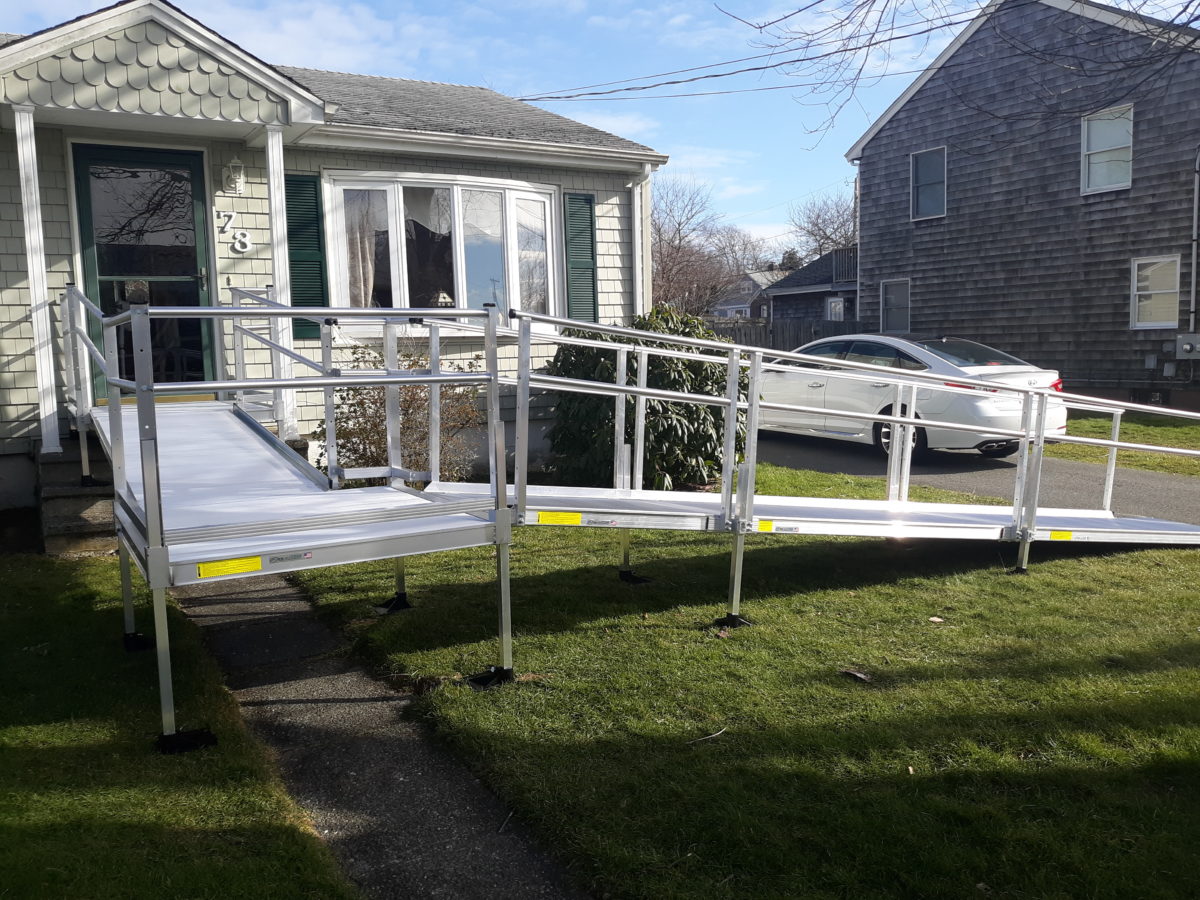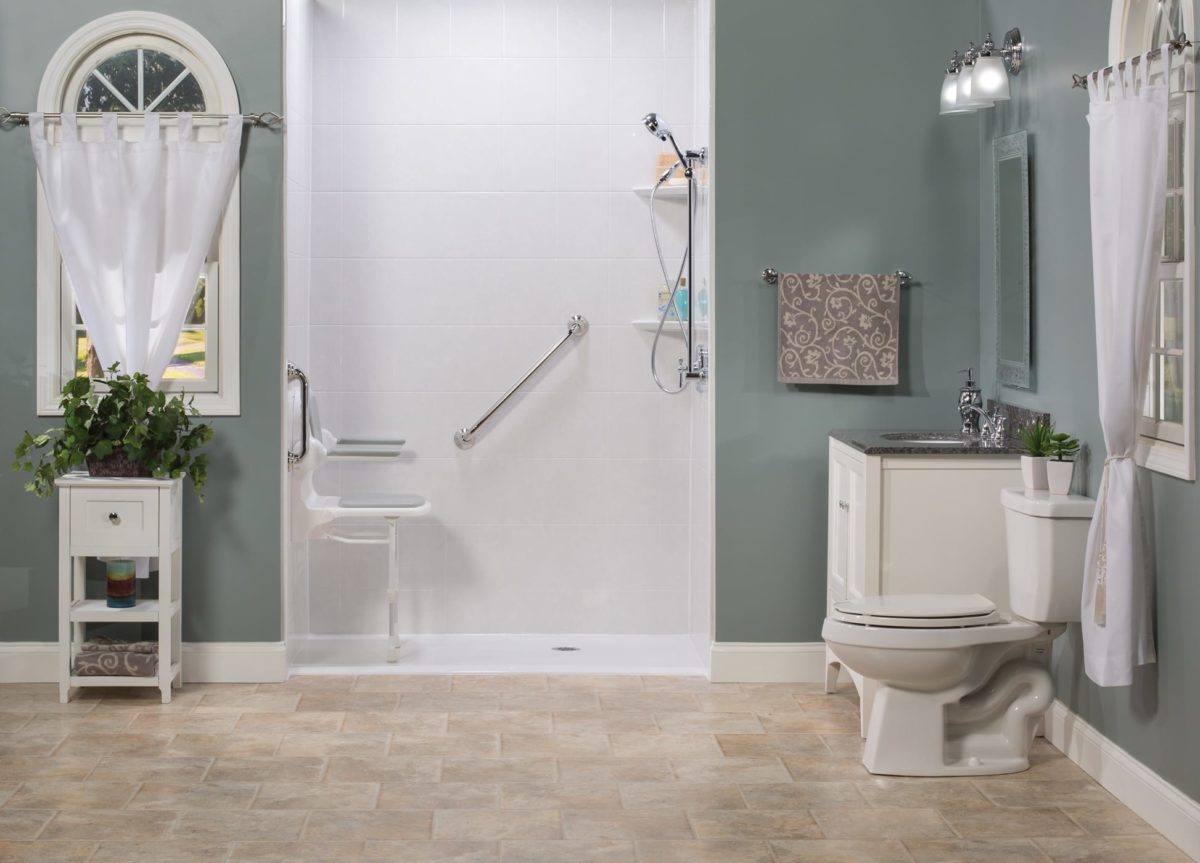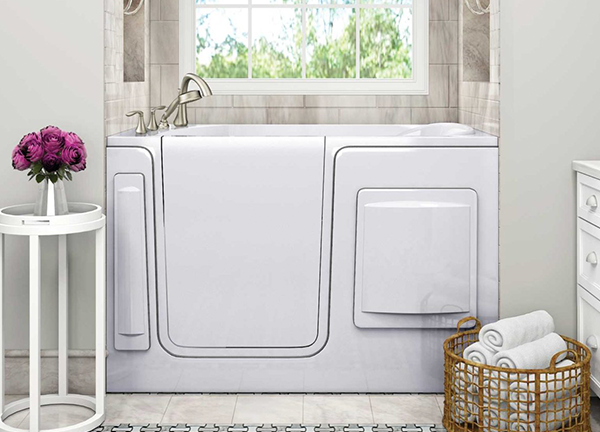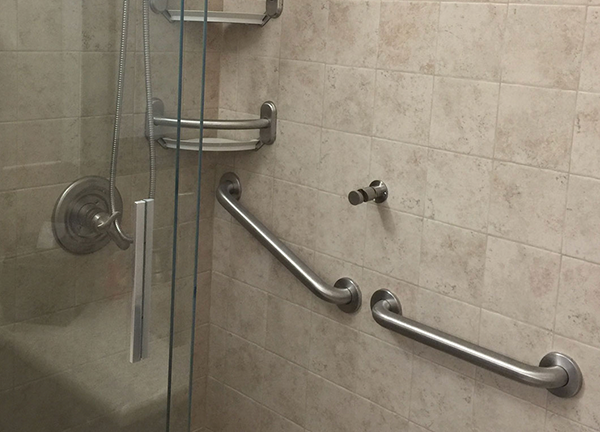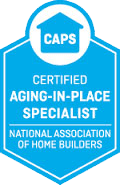Creating an inclusive home is not just about physical space; it’s about fostering an environment where everyone can thrive and live their life to the fullest regardless of their abilities. In recognition of National Barrier Awareness Day, Home Mobility Pros would like to help you transform your home into a sanctuary that truly embraces all who enter its doors.
National Barrier Awareness Day, observed each year on May 7th, serves as a reminder to dismantle the invisible and visible barriers that prevent people with disabilities from living fulfilling lives. The impact of barriers on daily living can be significant, from limiting mobility and accessibility to causing feelings of isolation and exclusion. You have the power to redefine your living spaces to be more inclusive, not just for a day, but for every day. We invite caregivers, homeowners, and advocates who wish to make a difference to join us on this collective mission to promote a more inclusive society beginning right from your doorstep.
The Impact of Barriers on Daily Living
Navigating daily life can be an arduous task for individuals with limited mobility, be it due to aging, accidents, or medical conditions. The home, which is meant to be a place of comfort and security, often becomes the epicenter of challenges. Simple tasks such as climbing stairs, accessing kitchen appliances, or bathing can turn into insurmountable hurdles.
One of the first steps toward creating an inclusive home is to understand the various types of barriers that exist. Beyond the physical barriers, which are often the most visible, there are also social and psychological barriers that can alienate individuals with disabilities. These barriers can range from a lack of ramp access to the absence of support systems that can assist in daily tasks.
Redefining Spaces for Inclusivity
To create an inclusive living space, it’s essential to consider universal design principles. It’s all about making spaces that everyone can use and understand, no matter their age, size, or abilities. Here are some practical ways you can redefine your living space with inclusivity in mind:
Make Way for Mobility
-
- Widening Doorways: To accommodate individuals who rely on mobility aids, it’s crucial to ensure doorways are wide enough to allow a wheelchair or a walker to pass through comfortably. This not only enhances accessibility but also promotes independence and ease of movement within a space.
- Installing Ramps: Stairs can pose a significant barrier to those with mobility challenges. By installing ramps, you provide a gentle and safe gradient that allows individuals who cannot use stairs to access buildings and rooms without assistance, fostering a sense of autonomy.
- Lever-Style Handles and Faucets: Traditional knobs can be difficult to grasp and turn, especially for those with limited dexterity due to arthritis or other conditions. Replacing these with lever-style handles and faucets greatly simplifies the action of opening doors and using faucets, making daily tasks less challenging and more manageable.
Enhancing Safety and Convenience
-
- Grab Bars and Support Rails: These are strategically placed in bathrooms and around the home in areas where additional stability is necessary, such as near the toilet and in the shower, to provide safety and support.
- Accessible Storage: This includes lower shelves and drawers designed to slide smoothly, making it easier for individuals to reach and access items they use daily without strain.
- High-Visibility and Low-Glare Lighting: Proper illumination throughout the home is essential, especially for individuals with impaired vision. This involves installing lights that are bright enough to enhance visibility without causing glare, ensuring safety and comfort.
Leveraging Technology
-
- Smart Technology: Home assistants and devices that can be controlled through voice commands for those with limited mobility or motor control.
- Remote-Controlled Appliances: From opening curtains to adjusting the thermostat, the power of control rests in the hands of the user.
Ergonomic Furnishings
-
- Adjustable Furniture: This category includes height-adjustable workstations that are designed to cater to the diverse needs and comfort levels of all users. Such adjustable features allow individuals to alter their work environment to best suit their physical requirements, promoting better posture and overall well-being.
- Soft Edges and Rounded Corners: By incorporating furniture and design elements with soft edges and rounded corners, the risk of injury from sharp edges is significantly minimized. This thoughtful design consideration not only ensures safety but also enhances maneuverability within the space, creating a more user-friendly and accessible environment.
Inclusivity isn’t a one-size-fits-all solution; it’s about tailoring your space to cater to the specific needs of those who will be using it. An expert assessment can determine the most effective adjustments tailored to the individual’s lifestyle and abilities.
The Role of Caregivers and Advocates
Families and caregivers are the backbone of support and assistance for many individuals with disabilities. They play a significant role in advocating for inclusive living spaces and ensuring that the necessary adjustments are made to cater to the unique needs of their loved ones.
Caregivers and advocates are encouraged to:
- Stay informed on the latest in assistive technologies and living aids.
- Engage with support groups and organizations to build a network of resources.
- Communicate openly with architects and builders to integrate accessible design into new constructions or renovations.
- Support policy changes and initiatives that promote inclusive design in public and private spaces.
By being proactive and vocal, caregivers can effectively contribute to the creation of a more accessible environment for their loved ones.
Redefining Spaces for Home Inclusivity on National Barrier Awareness Day
Empowerment comes from knowledge and action. National Barrier Awareness Day is a poignant reminder that our homes should be a reflection of the inclusivity we wish to see in the wider world. By taking a proactive approach to design and adapting our living spaces, we can break down barriers in and around our homes. Each small change contributes to a larger, more equitable landscape where individuality and diversity are celebrated. Our challenge is to transform these principles into practical solutions that are woven into the fabric of our homes and, by extension, our society.
Join the movement towards creating more accessible and inclusive living environments with Home Mobility Pros. We’re on a mission to revolutionize homes, making accessibility a core foundation, not just an afterthought. Whether you’re considering a complete renovation or looking to make smaller, impactful changes, our team is here to guide you through every step of the process. Reach out to us today, and together, we can redefine our spaces to welcome all, making inclusivity the new standard in home design.


